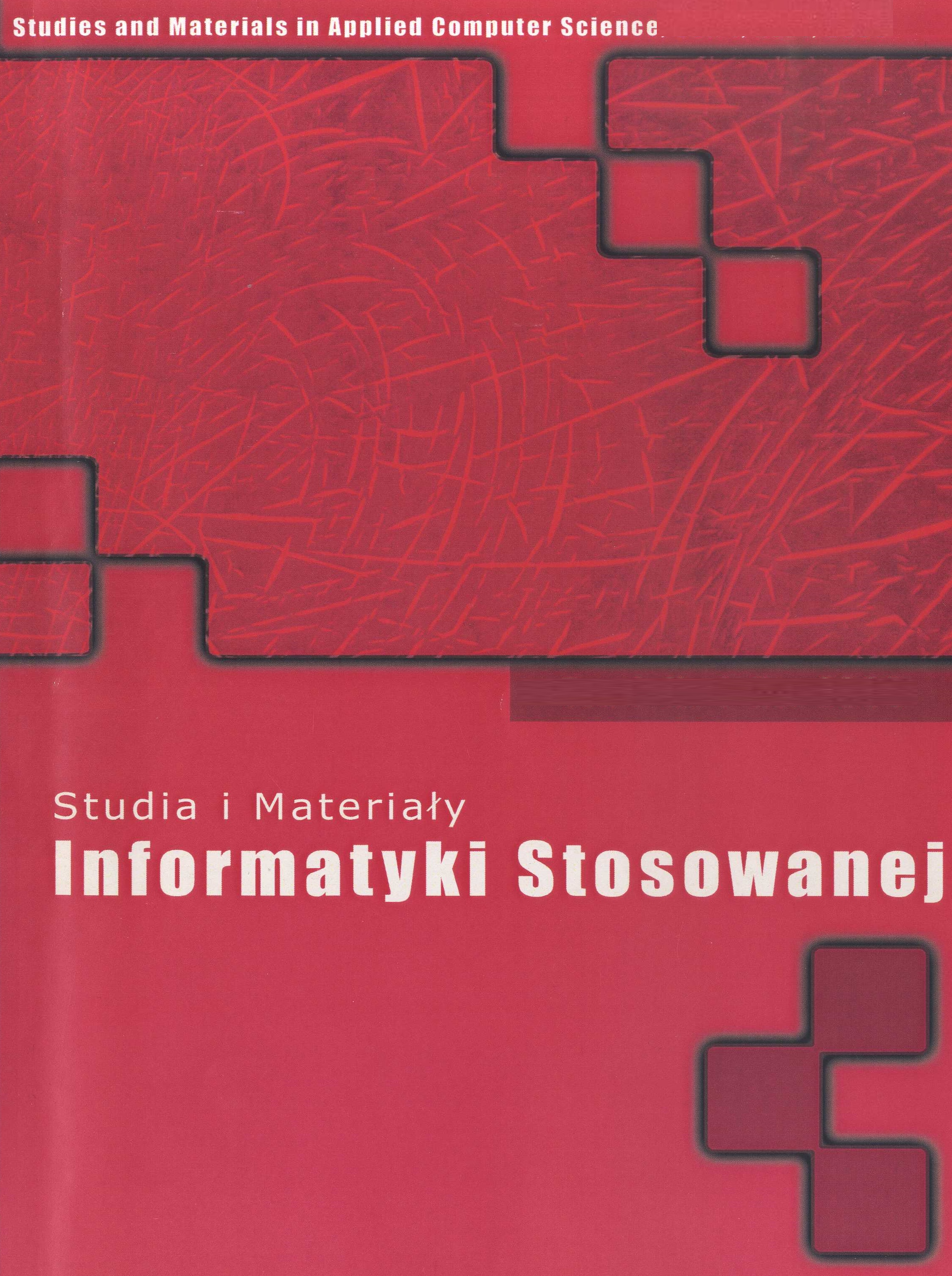BCI in VR: an immersive way to make the brain-computer interface more efficient
DOI:
https://doi.org/10.34767/SIMIS.2021.01.01Keywords:
BCI, brain-computer interface, EEG, VR, virtual reality, paintingAbstract
The purpose of the experiments was to investigate whether virtual reality improves the use of the brain-computer interface. The study used a custom computer system that allows drawing shapes on the computer screen. The prepared test stand consists of a computer with the necessary software, Esperanza EMV300 mobile virtual reality goggles with a Samsung Galaxy A40 smartphone and Emotiv Epoc braincomputer interface. It was shown that immersion allows to increase the level of concentration and use the brain-computer interface more efficiently. This kind of immersion in virtual reality could initiate a whole series of applications operated intuitively, via thought commands, in a created virtual world.
References
J. Amores, X. Benavides, and P. Maes, “PsychicVR: Increasing mindfulness by using virtual reality and brain computer interfaces,”in Proceedings of the 2016 CHI Conference Extended Abstracts on Human Factors in Computing Systems, 2016, pp. 2–2.
E. A. Curran and M. J. Stokes,“Learning to control brain activity: A review of the production and control of EEG components for driving brain–computer interface (BCI) systems,” Brain and cognition, vol. 51, no. 3, pp. 326–336, 2003.
W. J. Greenleaf, “Virtual reality applications in medicine,” in Proceedings of WESCON’95. IEEE, 1995, p. 691.
W.-Y. Hsu, “Brain–computer interface connected to telemedicine and telecommunication in virtual reality applications,” Telematics and Informatics, vol. 34, no. 4, pp. 224–238, 2017.
G. Jayabhavani, N. Raajan, and R. Rubini, “Brain mobile interfacing (BMI) system embedded with wheelchair,” in 2013 IEEE Conference on Information & Communication Technologies. IEEE, 2013, pp. 1129–1133.
M. Kołodziej, R. J. Rak, and A. Majkowski, “Interfejs mózg-komputer – wybrane problemy rejestracji i analizy sygnału EEG,” PRZEGLĄD ELEKTROTECHNICZNY, 2009.
P. Kucharski, A. Rybicki, and M. Kopaczyńska, “Połączenie mózg-komputer jako metoda komunikacji z niereagującymi pacjentami – przegląd literatury,” Acta Bio-Optica et Informatica Medica. Inżynieria Biomedyczna, vol. 21, no. 3, 2015.
R. Leeb, R. Scherer, C. Keinrath, G. Pfurtscheller, D. Friedman, F. Y. Lee, H. Bischof, and M. Slater, “23 Combining BCI and Virtual Reality: Scouting Virtual Worlds,” Toward brain-computer interfacing, p. 393, 2007.
E. Mikołajewska and D. Mikołajewski, “Interfejsy mózg-komputer jako rozwiązania dla osób niepełnosprawnych z uszkodzeniami układu nerwowego,” Niepełnosprawność– zagadnienia, problemy, rozwiązania, vol. 3, no. 4, pp. 19–36, 2012.
M. M. Moore, “Real-world applications for brain-computer interface technology,” IEEE Transactions on Neural Systems and Rehabilitation Engineering, vol. 11, no. 2, pp. 162–165, 2003.
S. Paszkiel, “Control based on brain-computer interface technology for video-gaming with virtual reality techniques,” Journal of Automation Mobile Robotics and Intelligent Systems, vol. 10, 2016.
S. Paszkiel, “Using BCI and VR Technology in Neurogaming,” in Analysis and Classification of EEG Signals for Brain–Computer Interfaces. Springer, 2020, pp. 93–99.
Y. Renard, F. Lotte, G. Gibert, M. Congedo, E. Maby, V. Delannoy, O. Bertrand, and A. L´ecuyer, “OpenViBE: An Open-SourceSoftware Platform to Design, Test and Use Brain-Computer Interfaces in Real and Virtual Environments,” Presence: teleoperators and virtual environments, vol. 19, no. 1, pp. 35–53, 2010.
M. Van Gerven, J. Farquhar, R. Schaefer, R. Vlek, J. Geuze, A. Nijholt, N. Ramsey, P. Haselager, L. Vuurpijl, S. Gielen et al., “The brain–computer interface cycle,” Journal of neural engineering, vol. 6, no. 4, p. 041001, 2009.
A. Wulff-Abramsson, A. Lopez, and L. A. M. Cerda, “Paint with Brainwaves – A Step Towards a Low Brain Effort Active BCI Painting Prototype,” in Mobile Brain-Body Imaging and the Neuroscience of Art, Innovation and Creativity. Springer, 2019, pp. 183–188.
D. Zapała, P. Francuz, E. Zapała, N. Kopiś, P. Wierzgała, P. Augustynowicz, A. Majkowski, and M. Kołodziej,“The impact of different visual feedbacks in user training on motor imagery control in BCI,”Applied psychophysiology and biofeedback, vol. 43, no. 1, pp. 23–35,2018.

